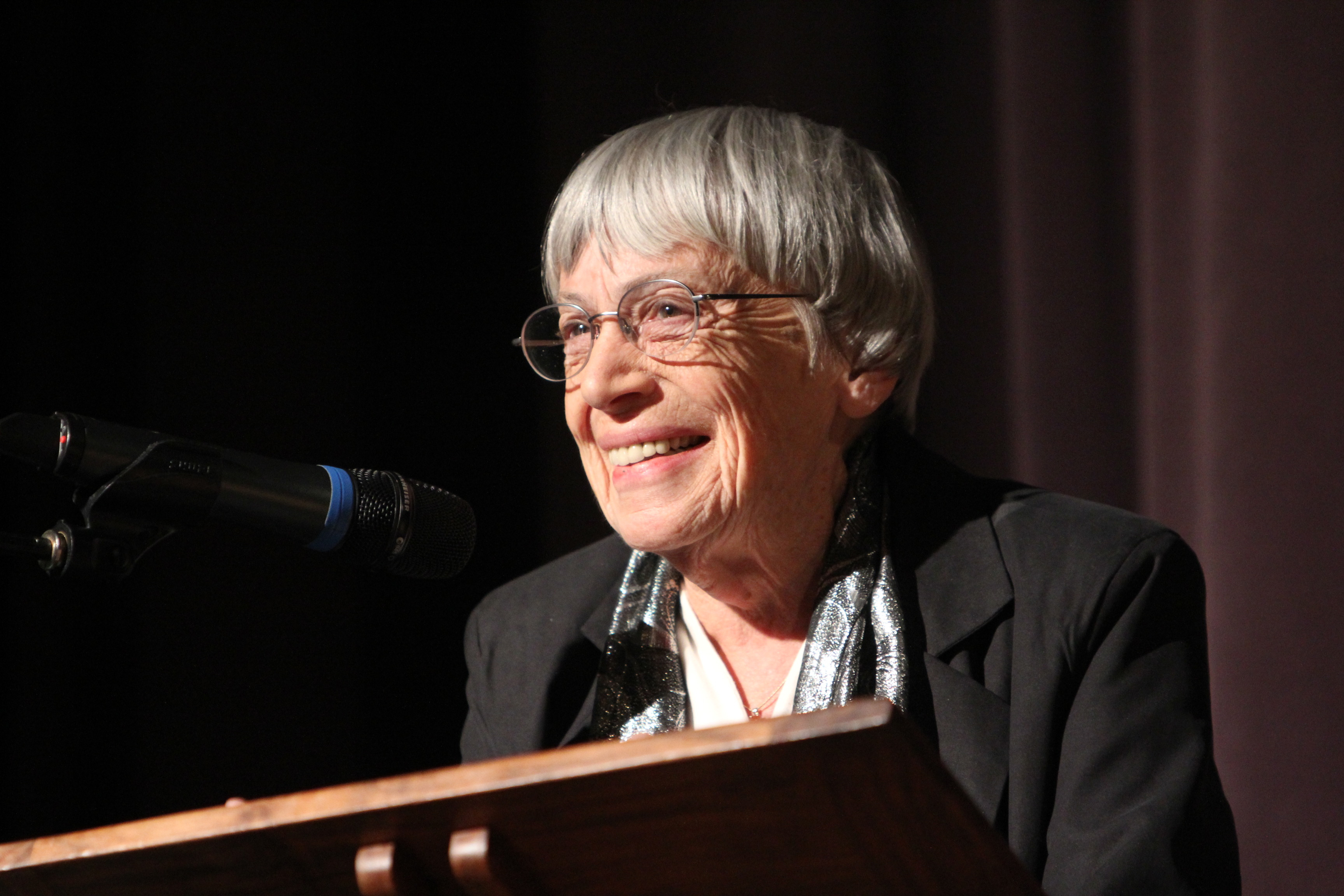There’s a djinn that lives next to the Feroz Shah Kotla cricket stadium in Delhi. His name is Laat Waale Baba (The Pillar Saint) and he’s older than the stadium and older than the British rule. Some whisper he’s even older than the city-fort which was built by Sultan Feroz Shah Tuglaq in 1356, after whom the stadium is named. Laat Waale and his assistants, thousands of other minor djinns, live in the skeletons of the once royal city. And they live royal lives. For they get a heap of letters and coins and prayers and fruits and sweets from worshippers every week.

Come Thursday, be it sweltering hot or bone-chilling cold, hundreds of worshippers gather around the Minar-e-Zarreen, a 13.1 meter high, polished sandstone pillar that stands in the middle of the ruins. The pillar, which is believed to be the pathway for the djinn and his minor army, is surrounded by a protecting grill put up by the Archeological Survey of India who maintain the Tuglaq ruins. The worshippers stretch their arms through the grill, futilely to try and touch the pillar, their hands full of letters, photocopies and hope. After the trial to touch, they kiss the grill and tie up these letters, full of prayers. They even bring photocopies and photographs so they can post multiple letters to multiple minor djinns in case one of them is not heard. All letters are full of prayers and pleadings, asking for a wish or hoping the senior djinn or one of the minor ones will help them in matters of the heart, or marriage, of wealth or of health. Some even bring their possessed relatives for exorcism in ruined caverns with bats hanging upside down in the dampness, witnessing the thrashings and shrieks.
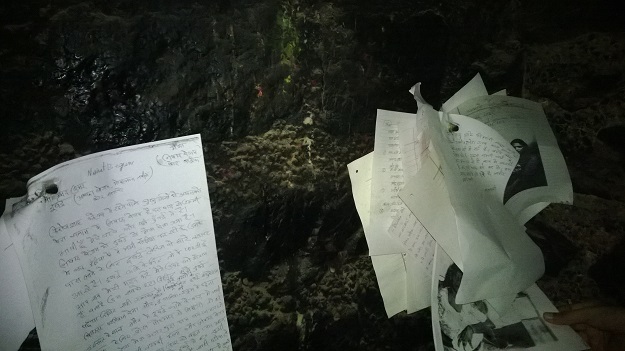
A worshipper whispered to me that a hundred years ago, under the British rule, these ruins were haunted by ghosts and pretas and thugs and tantrics and dogs and bats and the Pillar djinn wasn’t a saint. He turned into one post Independence when partition changed the dynamics of the capital city. That’s when, people, maddened by grief of what humans could do to other humans, left with no hope and no other saints or gods, crawled to the ruins, clutching letters of hope. They turned to djinns when they saw the worse in human nature. For they hoped that djinns, who according to Islamic mythology live for centuries and are made of smokeless fire, might know something about life and dignity that humans forget. Continue reading “The djinn-saints of Delhi”

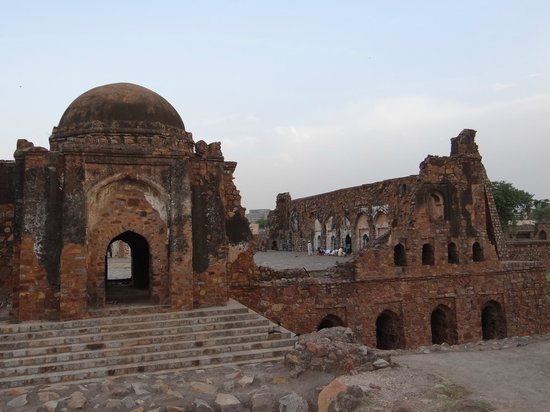



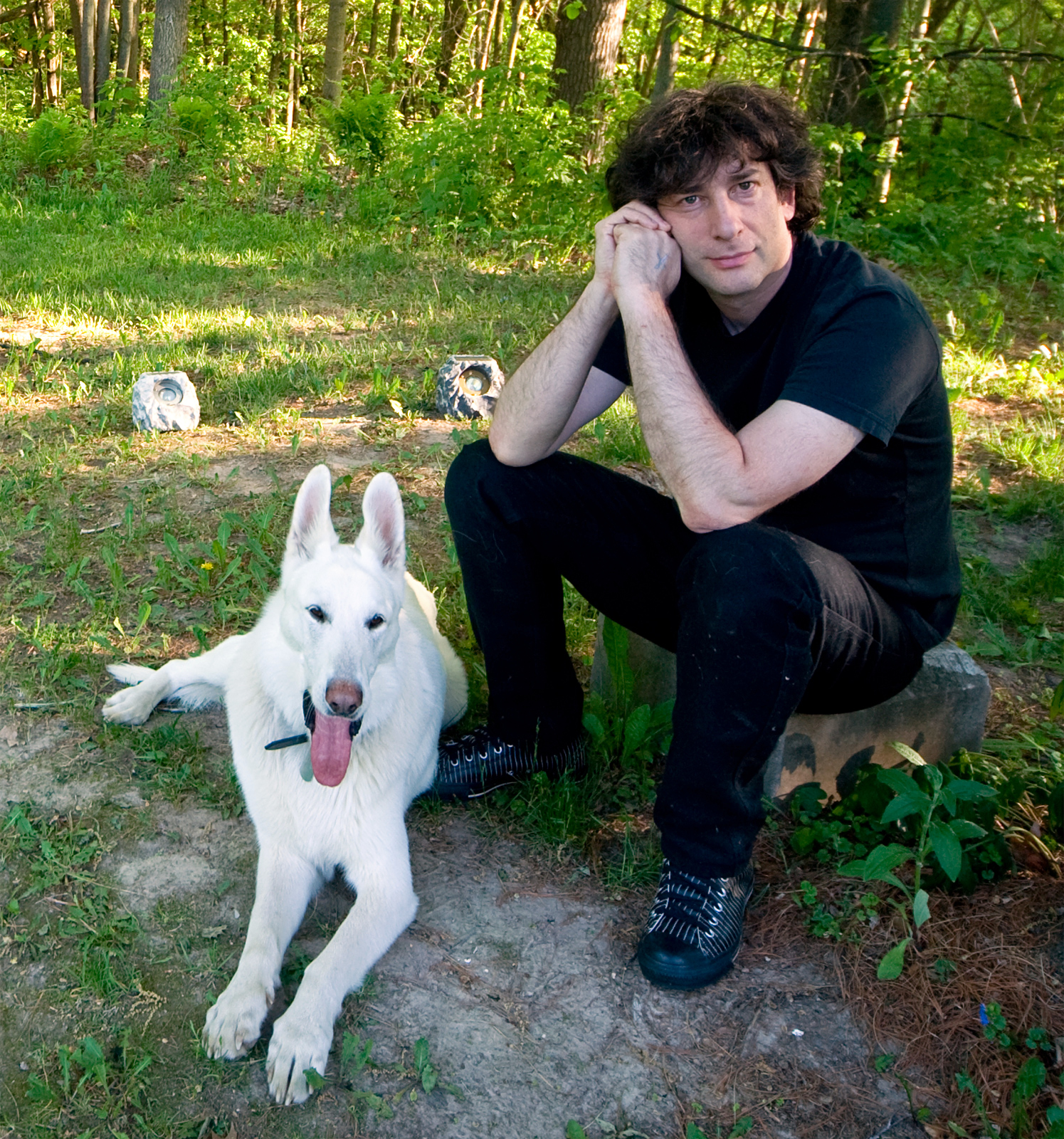






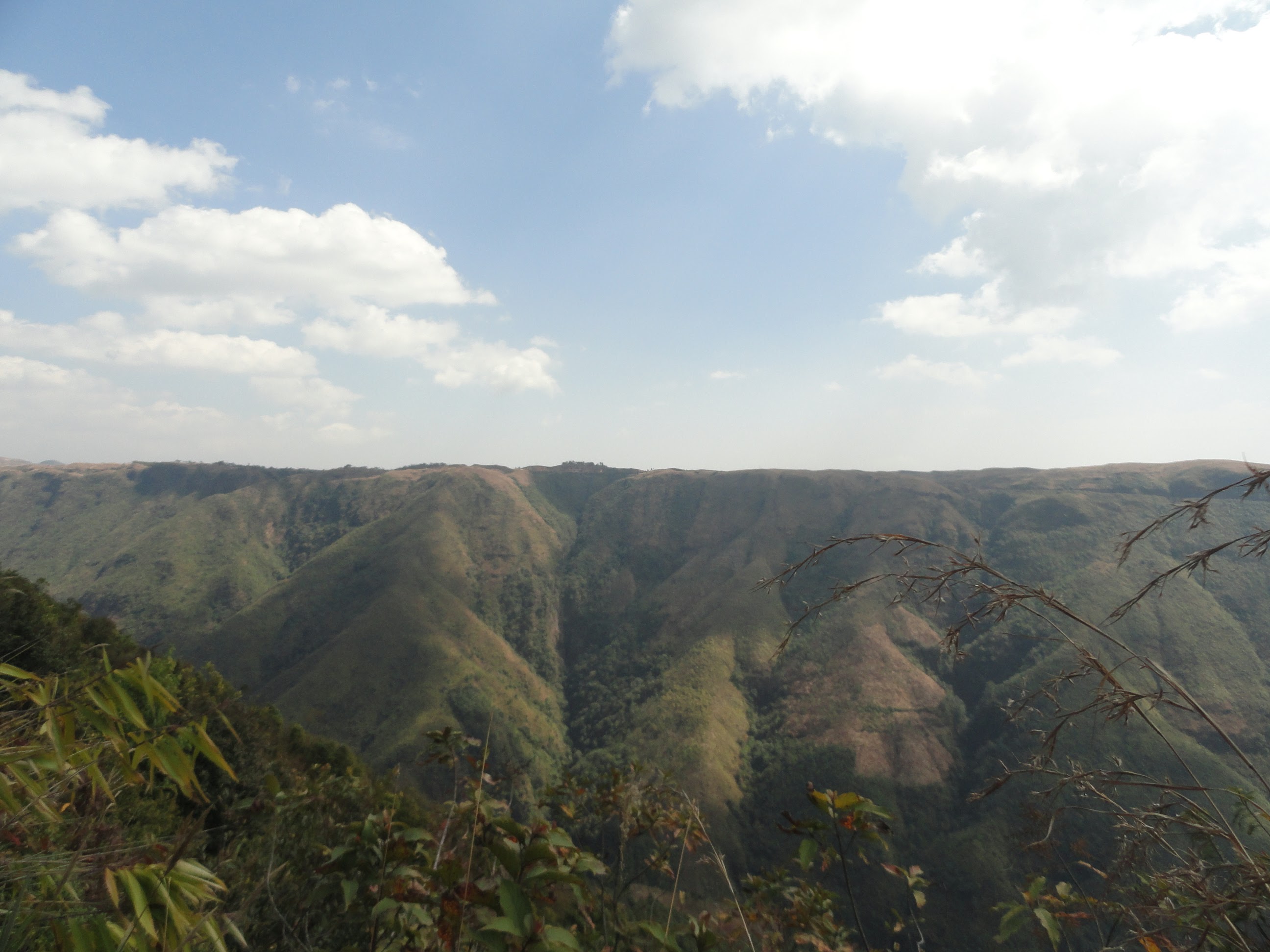

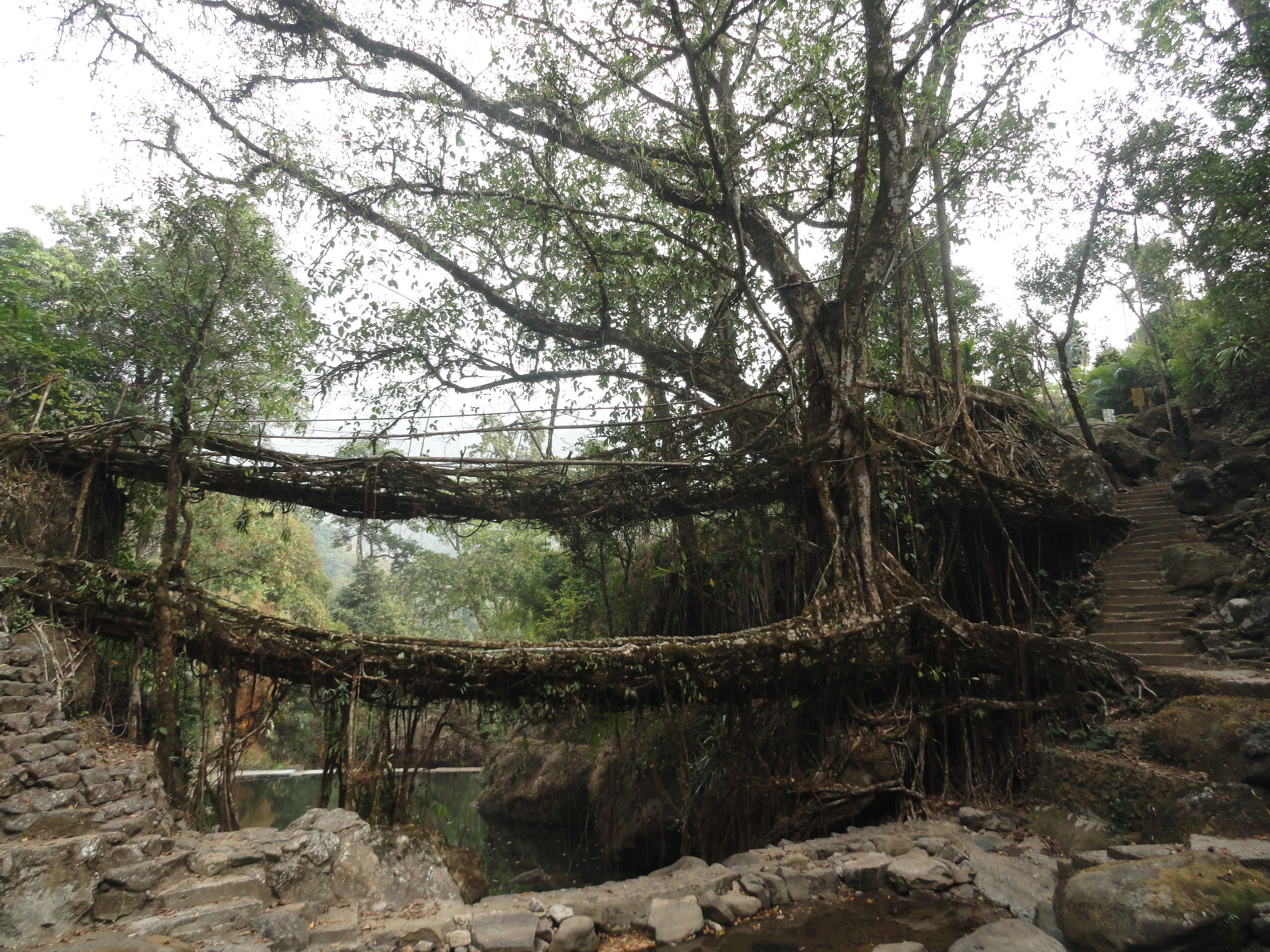 One of my favourite stories is about a dragon spirit called thlen. Legend goes that thlen was born near the village of Rangjyrteh, an abandoned village which stood on top of the famous
One of my favourite stories is about a dragon spirit called thlen. Legend goes that thlen was born near the village of Rangjyrteh, an abandoned village which stood on top of the famous 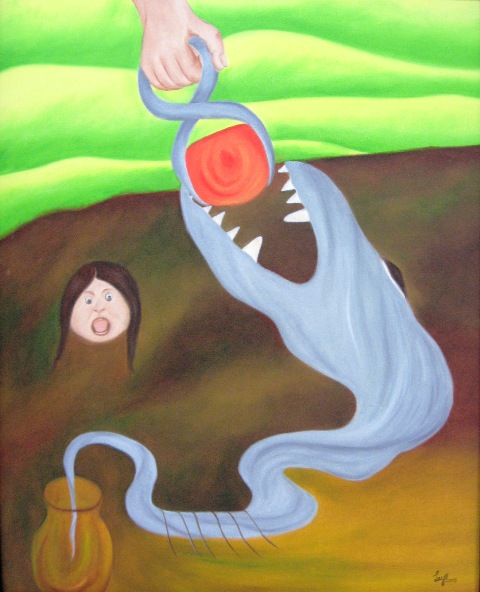
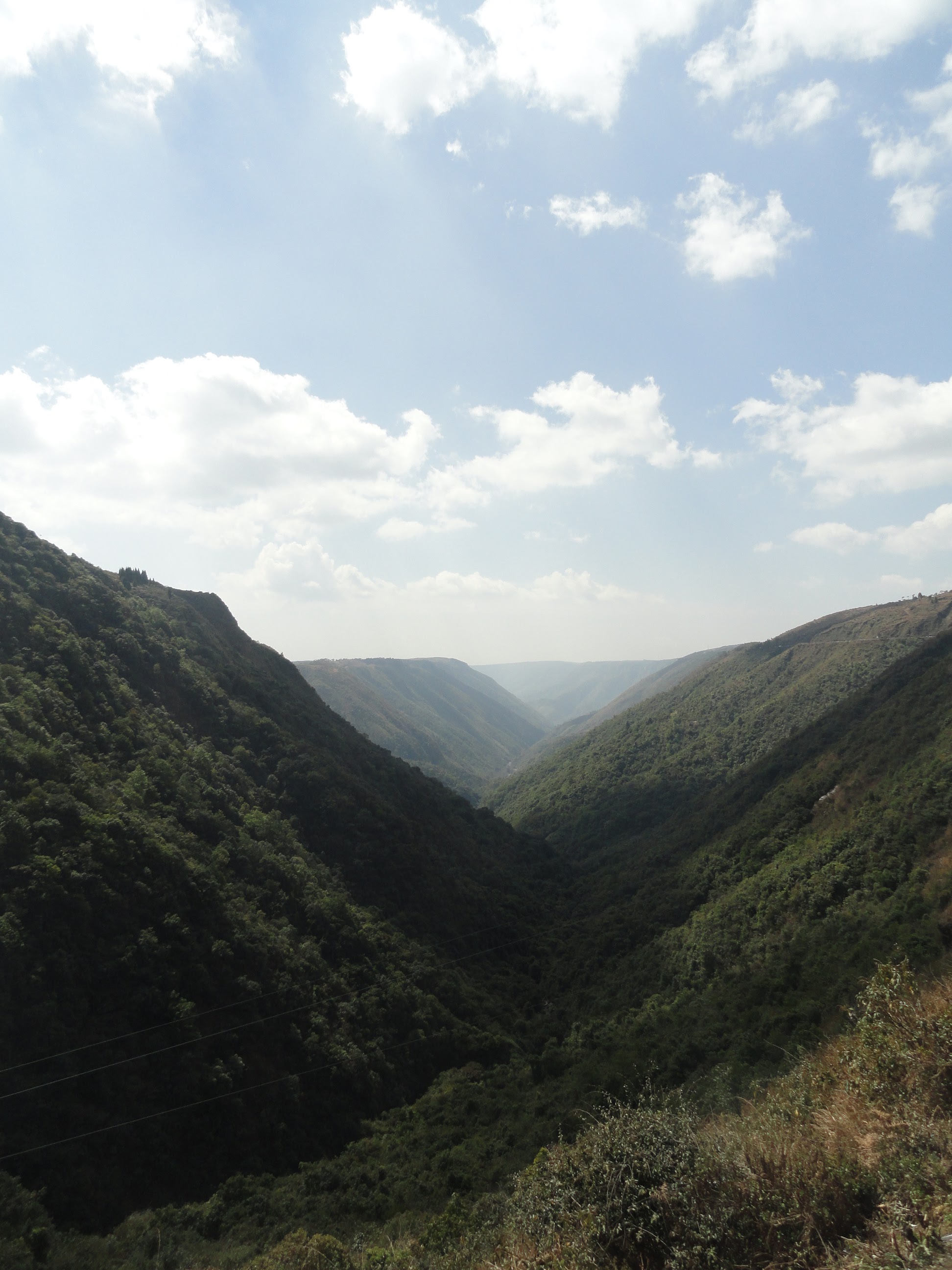 It’s a tale that cautions against human greed and private ownership of land. Decades before the government made private land owning possible, the land in Meghalaya belong to the community and not individuals. In case the owner died, within a few years, the land would go back to the community, ensuring that a single person’s greed didn’t destroy the resources meant for all. Something all the more relevant as mining,
It’s a tale that cautions against human greed and private ownership of land. Decades before the government made private land owning possible, the land in Meghalaya belong to the community and not individuals. In case the owner died, within a few years, the land would go back to the community, ensuring that a single person’s greed didn’t destroy the resources meant for all. Something all the more relevant as mining, 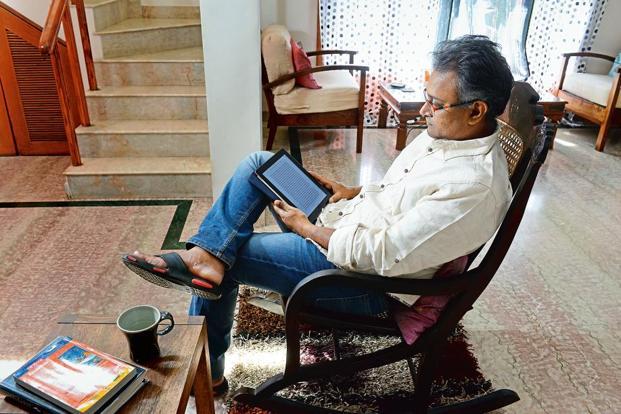

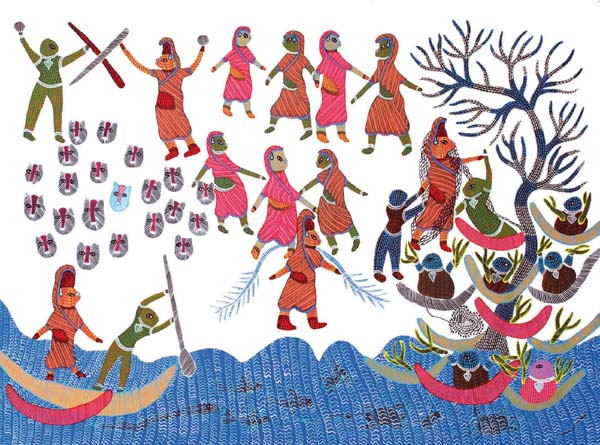
 It’s Ramayana, I exclaimed, a story I knew, peering to understand the visuals and corroborate it with the story my grandmother had told me ages ago. The story I’d seen again in Ramananda Sagar’s Ramayana TV series which was inspired by the Awadhi text Ramacharitra Manas written by Goswami Tulsidas. However, I couldn’t decipher the visual story. It didn’t collaborate with the Ramayana tale I knew. The one I considered the right one. Curious and fascinated, I contacted IGNCA, started to research on this unusual Gond version, emailed people, called scholars, read books and piece by piece constructed the story that is sung by the bards of Gond, where Ram isn’t the main hero. And so I build up the whole story. Or atleast a version of it. For I’m a storyteller too.
It’s Ramayana, I exclaimed, a story I knew, peering to understand the visuals and corroborate it with the story my grandmother had told me ages ago. The story I’d seen again in Ramananda Sagar’s Ramayana TV series which was inspired by the Awadhi text Ramacharitra Manas written by Goswami Tulsidas. However, I couldn’t decipher the visual story. It didn’t collaborate with the Ramayana tale I knew. The one I considered the right one. Curious and fascinated, I contacted IGNCA, started to research on this unusual Gond version, emailed people, called scholars, read books and piece by piece constructed the story that is sung by the bards of Gond, where Ram isn’t the main hero. And so I build up the whole story. Or atleast a version of it. For I’m a storyteller too.

